Transmountain ash pollarded and grasslands in the foothills and Sierra de Guadarrama
DOI: 10.5281/zenodo.7607474
Peri-urban Samuter model in metropolitan contexts and large urban agglomerations
Authors: Nieves López-Estébanez, Fernando Allende Álvarez and Pedro Molina-Holgado
Overview of SAMUTER
In the intramountain valleys and the final foothills of the Madrid slopes of the Sierra de Guadarrama, an agro-landscape of enormous environmental, productive and cultural interest has developed. These are grassy ash groves of Fraxinus angustifolia Vahl which have traditionally been pollarded for the production of twigs and firewood. These formations also play an important role in the landscape of fenced fields, due to their presence in the hedges and boundaries. Under their canopy, there are interesting and productive, well-preserved mowing and grazing pastures, which are home to an important redoubt of biodiversity. This agro-landscape is linked to the production of extensive cattle farming, often with indigenous breeds, and to the production of quality meat and its by-products.
1. Environmental sustainability
SAMUTER is spread over a physiographic and landscape ensemble of high value, with excellent conservation of ecosystems, especially forest formations. In this landscape there are landscape elements with a strong identity (stone enclosures, caceras) and with enormous interest for the conservation of biological elements. The valley bottoms are used for pastureland, particularly mowed grasslands which maintain habitats of priority interest such as the Alopecurus pratesis and Sanguisorba officinalis grasslands, the thermophilic Fraxinus angustifolia ash groves and the communities of eutrophilous and hygrophilous Megaforbios eutrophilous communities on the edges of the plains. It is therefore a livestock system with a complex, integrated cycle and a strong component of conservation of the associated biodiversity. A large part of the agro-landscape is protected under different figures, including: the ZEC Cuenca del Río Lozoya and Sierra Norte, the ZEPA of Alto Lozoya; the National Park of Sierra de Guadarrama or the Biosphere Reserve of the High Basins of the Manzanares, Lozoya and Guadarrama Rivers.
2. Territoriality and agri-environmental policies
This SAMUTER houses an important heritage of autochthonous cattle breeds with the presence of cattle with the 100 Raza Autóctona seal, among which the Avileña-Negro Ibérica, Serrana Negra, Morucha and Manchega sheep stand out. In addition, a diverse agricultural heritage of bean varieties (Plancheta, ochavada, careta, etc.) of local character is preserved. There are numerous territorial quality marks associated with farms with livestock under the PGI ‘Carne de la sierra de Guadarrama’ and PGI ‘Carne de Ávila’. In recent years, the Trasmocho Festival, celebrated in some mountain municipalities, has been promoted.
3. Relations between production, processing, marketing and consumption
SAMUTER’s metropolitan character, due to its location so close to the Madrid metropolis, has favoured the development of a dense network of producers, as well as processing, marketing and consumption initiatives. These include the production of organic meat on an increasing number of farms; the emergence of dairy and dairy-derived food companies in different municipalities (Rascafría, Miraflores de la Sierra, etc.); the emergence of dairy co-operatives in the region; and the development of a number of organic food cooperatives. ); the emergence of livestock farmers’ cooperatives with a direct sales channel (GanadeMad: cooperative of Madrid livestock farmers in the Sierra Norte); organic horticultural production (Economato Macabeo), beekeeping production of interest such as Entreabejas or La Gota (Rascafría) or new initiatives in organic production (Puente del Molino food company and its certification of organic production of forest fruits). In addition to all this, there is a recent and increasingly consolidated dynamism in relation to the presence of agri-food fairs, sometimes organised by the regional government such as the market fair La despensa de Madrid and others as local initiatives (agri-food market of Rascafría with the promotion and sale of artisan products).
4. Good governance
From the point of view of governance, the municipalities in which this SAMUTER is being developed include some of the most important Rural Development Associations managing LEADER funds in the Madrid region (ADESGAM, GALSINMA…). In addition, there are research and management centres such as the “Puente del Perdón” in El Paular. Another form of governance is the joint organisations of the municipalities, such as the Lozoya Valley Association, the Las Cañadas Association, the La Maliciosa Association, etc.

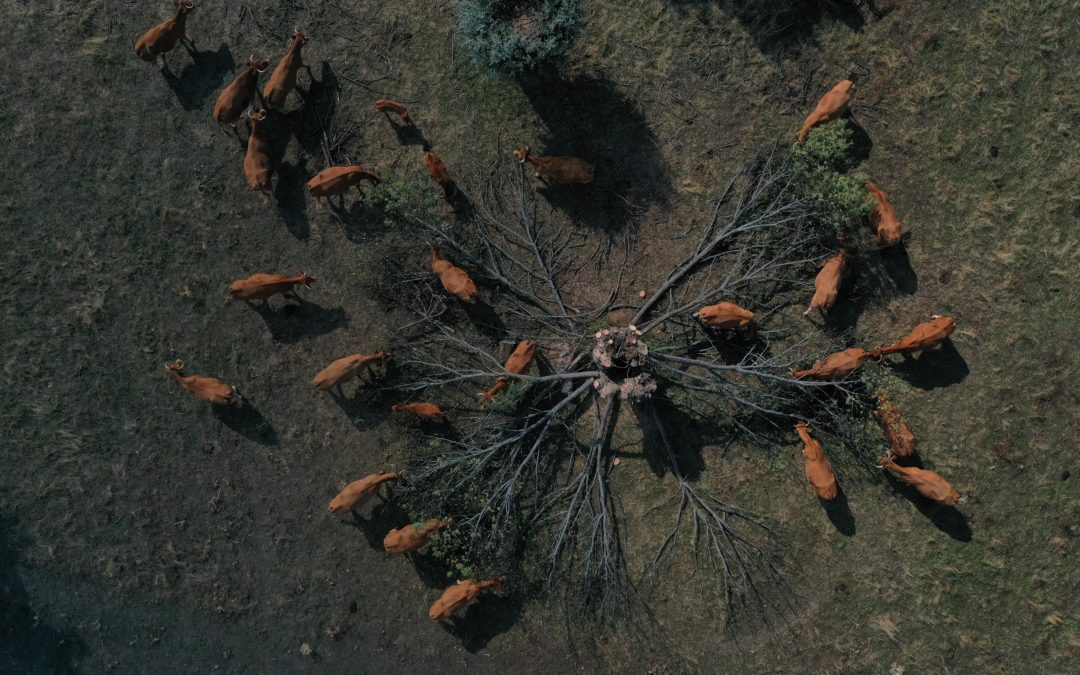
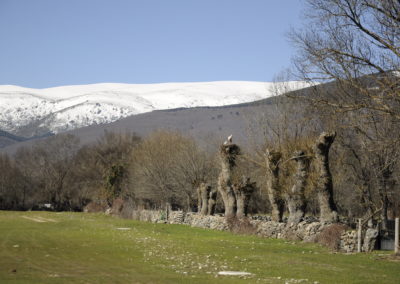
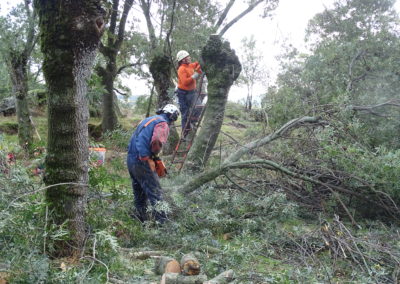
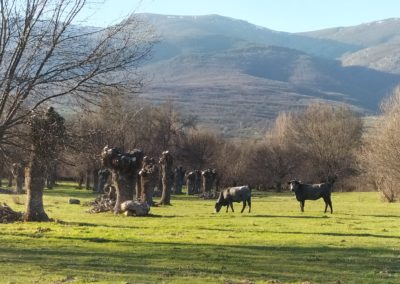
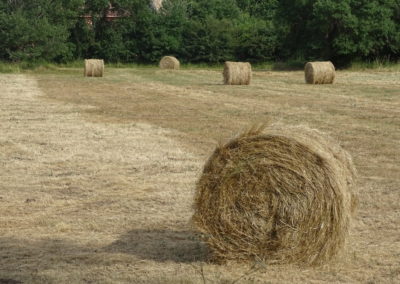
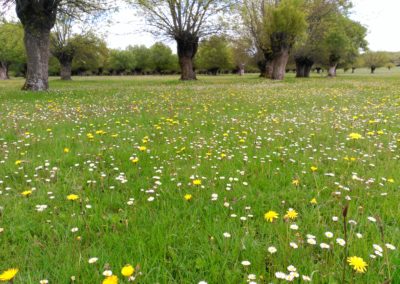
Recent Comments